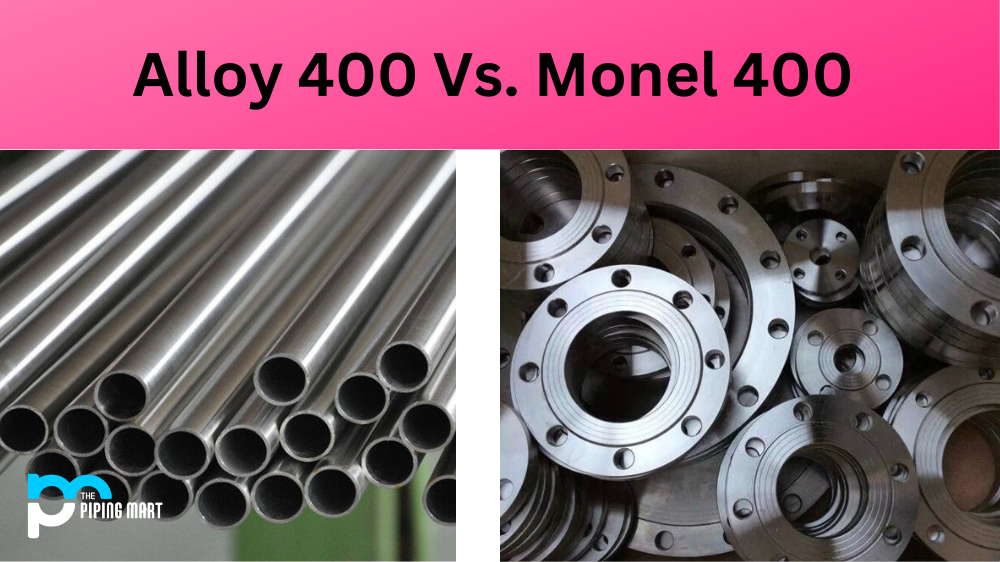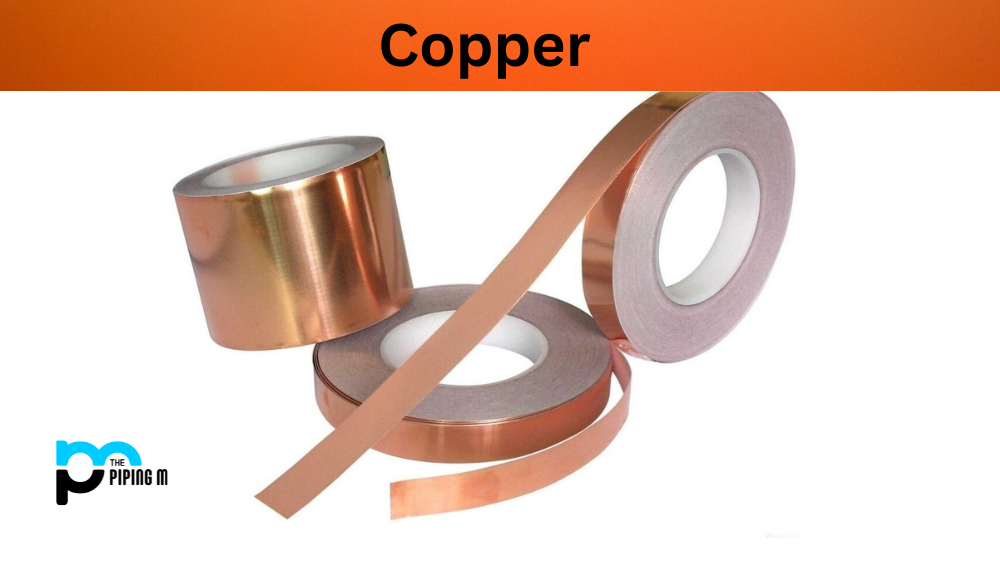When it comes to metal alloys, two of the most popular options are alloy 400 and monel 400. Both of these metals provide excellent corrosion resistance, strength, and toughness in a wide variety of environments. But how do they stack up against each other? Let’s take a closer look.
Composition
Alloy 400 is composed primarily of copper (67%) and nickel (25%). It also contains trace amounts of iron, manganese, carbon, and silicon. In comparison, Monel 400 has a slightly different composition. It is composed of 63% nickel and 34% copper, with small amounts of iron, manganese, and silicon added in.
The slight differences in composition lead to each alloy having unique characteristics and applications.
Properties
Alloy 400 and Monel 400 are two alloys with similar properties that make them both valuable industrial materials. Both are particularly resistant to corrosion, but Alloy 400 has a slightly higher strength than Monel 400. The higher strength of Alloy 400 allows it to operate under more severe conditions and temperatures than Monel, making it ideal for applications such as distillation columns or heaters within chemical plants. Though it does have a slightly lower corrosion resistance, Alloy 400 is still suitable for sea water applications provided the appropriate coatings are used. When selecting the right alloy for an application, both Monel and Alloy 400 can provide reliable results that ensure long term performance with minimal maintenance.
Strength & Durability
Both alloys have excellent strength at high temperatures as well as good fatigue resistance. They also both have excellent formability when exposed to higher temperatures (up to 600°C). However, Alloy 400 tends to have higher tensile strength than Monel 400 – 70000 psi compared to 60000 psi for Monel – making it the better option for applications where higher levels of strength are required.
Alloy 400 also has better weldability than Monel due to its lower carbon content making it easier for welders to work with without compromising its strength or durability.
Corrosion resistance
Monel has an advantage when it comes to corrosion resistance, though; it has exceptional resistance to seawater, making it ideal for applications that require long-term exposure to salt water, such as marine equipment or offshore structures. While Alloy 400 does offer good corrosion resistance properties, it does not match the corrosion resistance offered by Monel, which makes it more suitable for applications where corrosion is a major concern.
Conclusion
In conclusion, both Alloy 400 and Monel 400 are highly versatile alloys that provide excellent strength and durability in a wide range of applications. The key difference between them lies in their composition; Alloy 400 contains 67% copper, while Monel contains 34%. This difference leads to each alloy having unique characteristics that make them suited for different types of tasks; Alloy400 is best suited for applications where high levels of strength are needed, while Monel is better suited for applications requiring superior corrosion resistance, such as marine equipment or offshore structures. As always, be sure to consult with an experienced metal supplier before selecting an alloy material so you can be sure you select the right one for your specific needs!

Abhishek is a seasoned blogger and industry expert, sharing his insights and knowledge on various topics. With his research, Abhishek offers valuable insights and tips for professionals and enthusiasts. Follow him for expert advice on the latest trends and developments in the metal industry.




